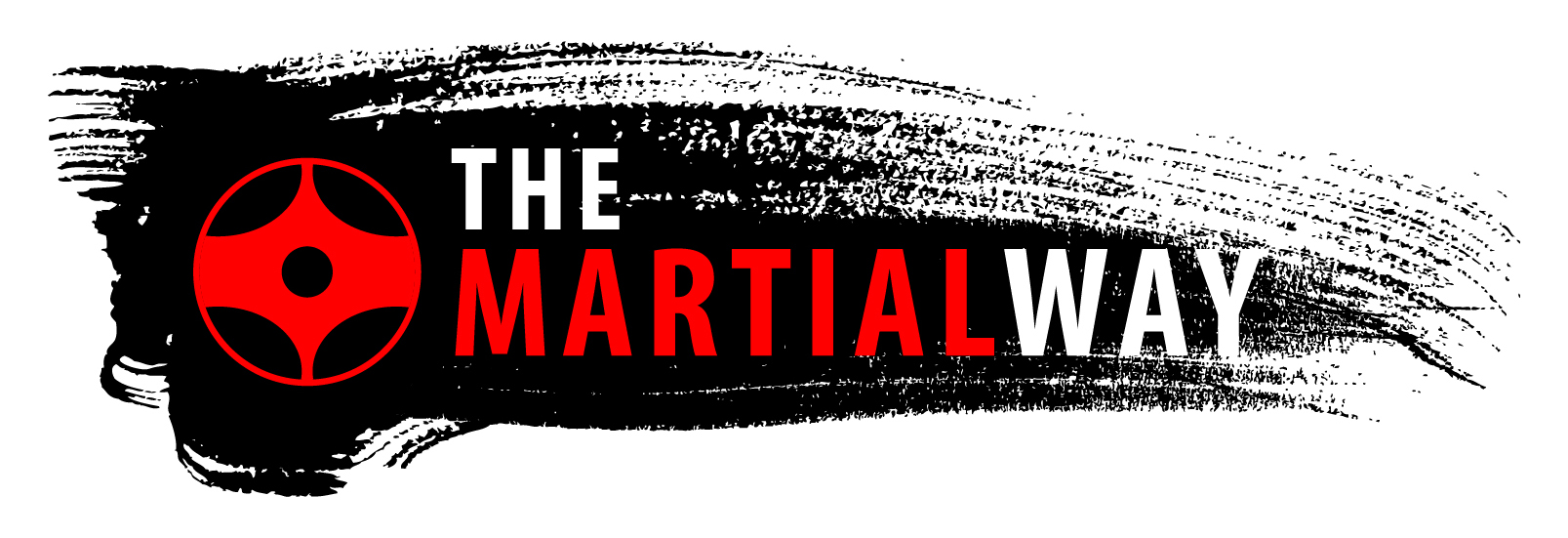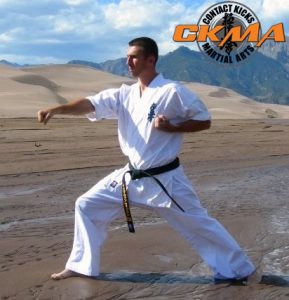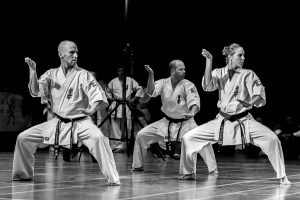I am getting geared up to travel to England for the BKK Summer Camp, presented by Hanshi Steve Arneil and the IFK. I am traveling with my instructor, Sensei Steve Fogarasi and his wife Senpai Mici and their son. I am super excited about the opportunity! So, last night’s class at Contact Kicks was the last one before leaving for the trip. The class focused a lot on kihon. Drilling basics over and over, which then became moving kihon and ultimately kata.
This is just what my brain needed, because as the trip approaches my mind wanders, wondering if I have forgotten anything before I leave. Moving through all of the various combinations of blocks, strikes and stances called out by Sensei keeps you on your toes. I love it. Sensei Fogarasi is always watching everyone’s moves and stances, critiquing where needed and praising when deserved. Being sure to point out where you might need help and what you are doing well. For instance, I was chambering my hand incorrectly for soto uke, and would not have noticed if he didn’t point it out.
As we were moving through kihon some people struggled with the combinations. The frustration can grow, especially if you already feel skilled in another area but your basics are rough. While our brains were cooking from information overload Sensei pointed out something that really hit me. He likened kihon to learning the alphabet in preparation for writing, and it totally made sense to me!
When you think about it, kihon is the alphabet of karate. We work on each move, block, strike and stance individually. Like building our vocabulary. We then take that kihon and apply it in kata, which can be thought of as sentences. Starting with basic kata, like Taikyoku Sono Ichi, and moving up to advanced kata like Sushiho, etc. It is like building simple sentence structure until we are able to string along words into complex sentence structure. It’s like learning to write.
As an example, Sensei Fogarsi demonstrated this by showing how the stances (Kiba-dachi, Sanchin-dachi, etc) and strikes we were practicing in that particular moment will be used in Tsuki No Kata (突きの型).
As Sensei pointed out, while we may not fight in the same fashion that we practice our kihon, it does teach us proper hip rotation, foot rotation, focus, etc. Whether you are practicing a reverse punch for kihon or for kumite, the kihon version will have you put detail on the proper rotation and mechanics of the strike from the bottom of the foot right out through the strike. So when you do have to deliver the fighting version, you will do so with proper mechanics and more power and force.
This made me think, if Kihon is like the words, and kata is like the sentence structures, then I guess you can say that freestyle kumite is like conversation. When you have your basics you now try to use them freely, and improvise like a jazz musician, or as you would with words in conversation.
I am really looking forward to the IFK-BKK Summer Camp, and hope to learn lots and meet other Kyokushin Karateka from the U.K., and the rest of Europe. I am sure your will read all about it here very soon!
OSU!




